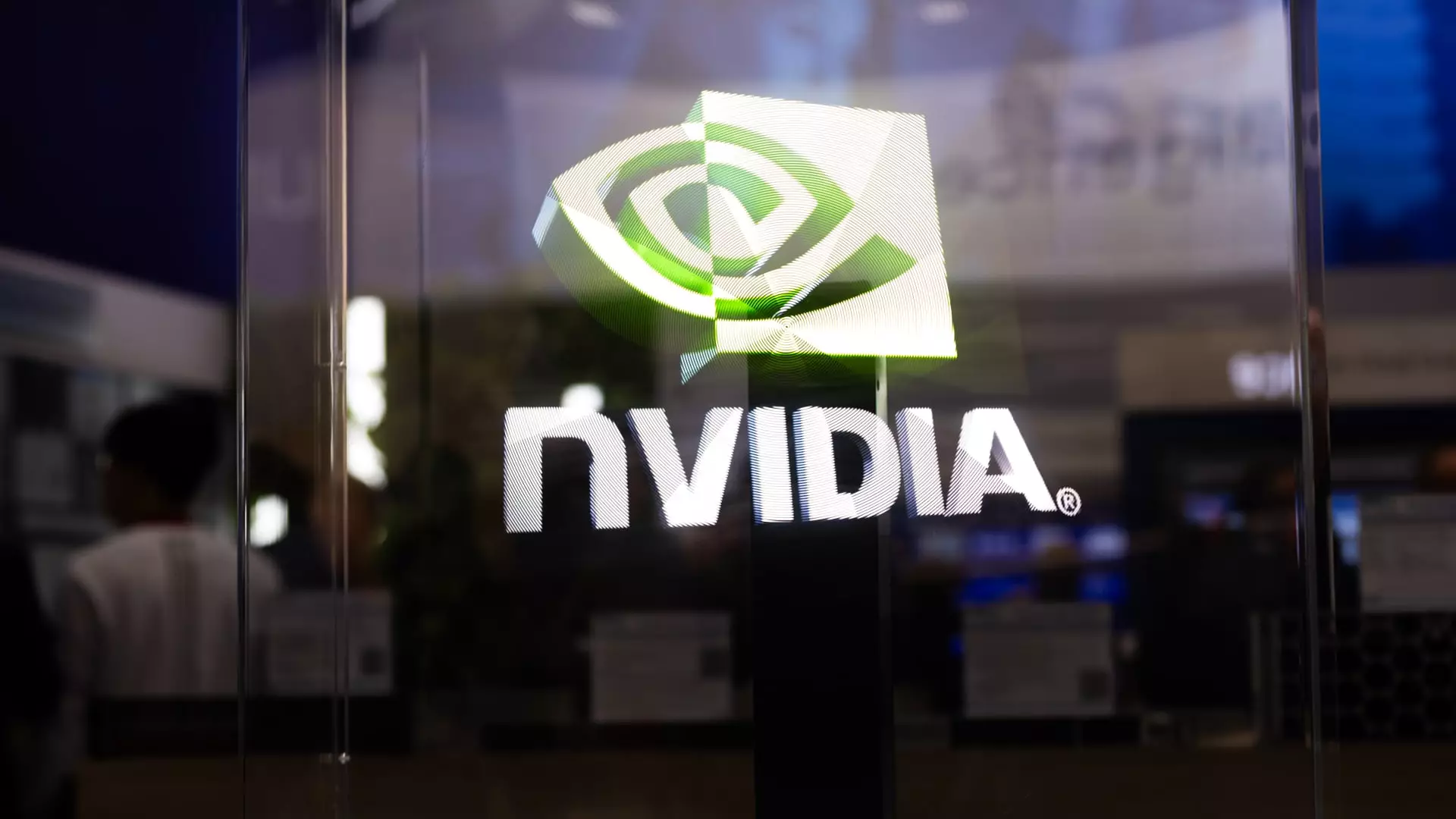As we survey the tech landscape, Nvidia often stands out as the golden child of the artificial intelligence revolution. Yet, amidst this allure, the company finds itself grappling with fluctuating stock values that prompt investor anxiety. Bank of America has recently issued a note suggesting that now may be the opportune moment to invest in Nvidia shares, positioning them as a high-quality tech asset amidst turbulent trends. Analyst Vivek Arya proposes a price target of $200 per share, which, if realized, signifies a remarkable 76% upside from its recent trading position. But beneath these optimistic projections lies a complex web of uncertainties that could hedge against this anticipated growth.
Analyzing Market Trends and Investor Sentiment
Nvidia’s stock has evidently taken a hit in 2025, surrendering over 15% in value so far this year. The declines, particularly pronounced in March, reflect a broader market jitteriness. Investors, stricken with the fear of missing the boat on last year’s tech boom, are now reconsidering their positions in what were once perceived as bulletproof stocks. For Nvidia, this backdrop of volatility highlights its vulnerability to market sentiment—an aspect that can be both beneficial and detrimental in equal measure.
Investor anxiety is not unwarranted. The looming compliance deadline of May 15 concerning AI export regulations is a prominent headwind weighing on Nvidia’s stock. This rule, errantly initiated before the current regime transitioned into power, aims to impose restrictions on chip exports to designated nations—specifically targeting entities that could utilize these technologies for competitive advantage. A coalition of tech giants, including Amazon, Meta Platforms, and Microsoft, is vigorously lobbying for a relaxation of these constraints, emphasizing an urgent need for clarity on how these regulations will actually unfold.
Potential Recovery or Dwindling Hopes?
While it’s tempting to latch onto Bank of America’s optimistic position, the cautious investor must ask: Are these predictions realistic, or are they tainted with wishful thinking? Arya asserts that Nvidia’s stock will rebound once the geopolitical hurdles are fully assessed and integrated into market expectations. This is a classic case of “bad news baked in,” where selling pressure potentially creates a frictionless environment for recovery, similar to the resilience witnessed in semiconductor stocks.
However, invoking historical recoveries in semiconductor stocks following geopolitical events offers little comfort. Each situation is distinct, subject to unique economic parameters and temporal conditions. The current market may treat Nvidia’s recovery path with skepticism, given that the tech sector is fresher from a phase of excessive optimism that propelled many companies to unprecedented heights. Once that exuberance wanes, the adjustment phase could impact Nvidia’s stock more considerably than anticipated.
Leadership in AI: A Double-Edged Sword
Nvidia’s stature as a leader in AI technology presents both opportunities and challenges. On one hand, the company’s cutting-edge innovations catalyze impressive market potential; on the other hand, this very prominence invites scrutiny and regulatory measures that can stifle growth. The ongoing tug-of-war between regulation and innovation raises the question of whether Nvidia will maintain its lead in the AI race, or if the political climate will gradually erode its capabilities.
The appeal of Nvidia as a sound investment relies heavily on its ability to navigate these intricate waters. While Bank of America portrays a picture of robust growth ahead, investors should remain vigilant about the implications of governmental oversight and international competition. With rising tensions between major powers, including trade wars and export restrictions, the narrative surrounding Nvidia’s stock is fraught with perils that could swiftly eclipse positive forecasts.
The Final Takeaway: Weighing Optimism Against Uncertainty
In the tale of Nvidia, where analytical insights and market dynamics intertwine, prospective investors face a significant conundrum. The potential for a bounce-back is tantalizing, and the prospect of a 76% upside is a powerful draw for any investor’s attention. Yet, the specter of geopolitical uncertainties looms large, complicating the future trajectory of Nvidia’s stock price.
As we forge ahead, it is essential for stakeholders to tread carefully, weighing the allure of future gains against the backdrop of an unpredictable regulatory atmosphere. With AI at the foreground of both innovation and contention, Nvidia remains an enigma, each shift in the landscape posing both a challenge and an opportunity for those willing to embrace risk.


Leave a Reply